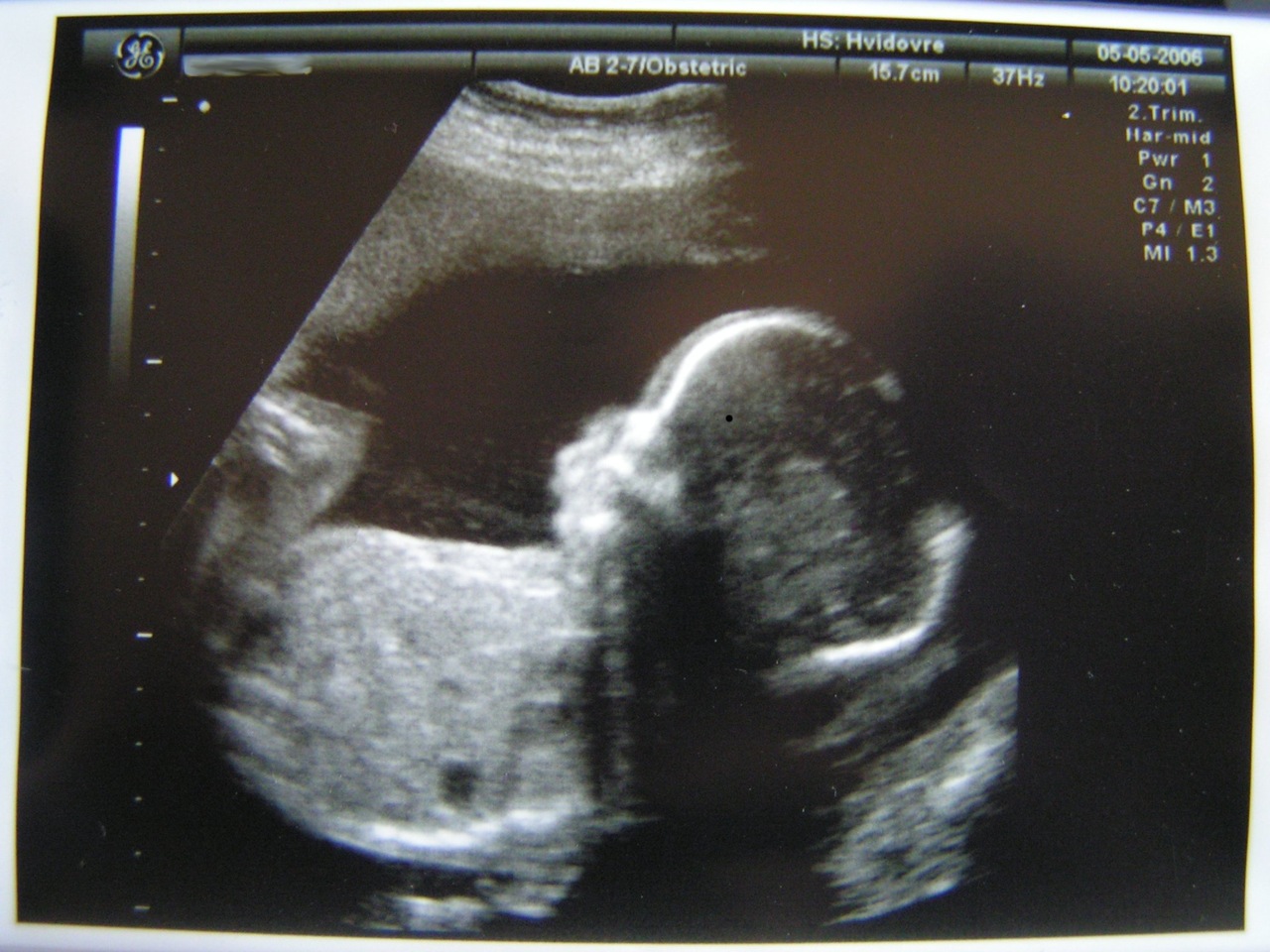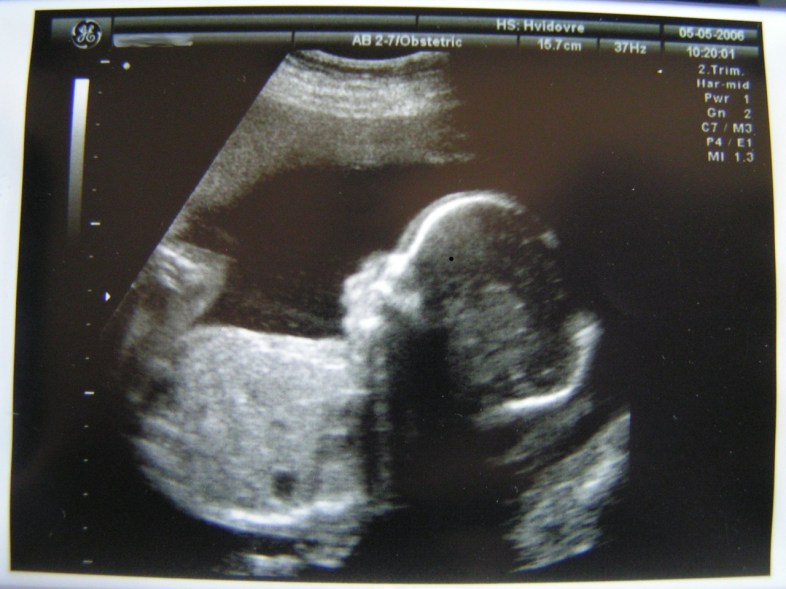11 Surprising Things You Probably Didn’t Know About Abortions
There's a lot of misinformation floating around out there, so we're here to debunk some of the biggest myths by presenting that by which anything controversial should be viewed with: The clear-cut facts.


This year will mark the 42nd anniversary of Roe v. Wade, which established a woman’s constitutional right to abortion during the first trimester of her pregnancy.
According to recent statistics from Planned Parenthood’s Guttmacher Institute, there have been approximately 57 million legally induced abortions in the U.S. since 1973. And as a country, we’re still very much divided on the issue: Nearly half of Americans (more specifically, 47 percent) say they personally believe that it is morally wrong to have an abortion.
But despite the consequence this court ruling has had on women and their bodies, a Pew study from last year found that four out of 10 people (both men and women) don’t even know that Roe v. Wade has to do with abortion. Yikes. It looks like this topic was never covered in sex education class.
But the biggest problem with abortion actually has nothing to do with whether a woman is right or wrong for terminating her pregnancy—the problem is the stigma attached to it.
There’s a lot of misinformation floating around out there, so we’re here to debunk some of the biggest myths by presenting that by which anything controversial should be viewed with: The clear-cut facts.
1. An estimated 57 million legally induced abortions have been performed in the United States since 1973, the passing of Roe v. Wade.
To put this into perspective, that’s almost the current population of California and Texas combined.
2. Worldwide, approximately 205 million pregnancies occur every year.
According to the Guttmacher Institute, over a third are unintended and about a fifth end in induced abortion.
3. About 70,000 women die every year due to unsafe abortions.
And according to the 2009 report, countless more women are harmed as a result of these “back alley” abortions in countries where there are restrictive laws: mostly Africa, Latin America and the Caribbean.
4. Abortion is a practice from ancient civilizations.
The history of induced abortions trace far back from Roe v. Wade in the 20th century. The first recorded evidence of induced abortion is from the Egyptian Ebers Papyrus, which dates to 1550 BCE. It describes a method by which “the woman empties out the conceived in the first, second or third time period.”
In ancient civilizations across time and nations, people tried everything from fasting to bloodletting to lying on a heated coconut shell.
5. Greek philosophers supported abortion as a means of controlling the population.
Aristotle saw early abortion as an appropriate means of maintaining a constant population size. And Plato called on women “to ensure preferably that the embryo, when one is conceived, does not ever see the light, but where this cannot be prevented, to keep it as though there is no food for such a one.” There is some debate over the stance of Hippocrates himself.
Some medical scholars who have interpreted his work say that he recommended three different methods: internal, direct external pressure and exercise. The first was supposed to weaken the embryo, the second to open the womb and the third to stimulate the expulsion of the embryo. Others say he was against abortion altogether.
6. The Romans had over 200 methods.
More than two hundred abortifacients are already known, of which around 90 percent were considered effective. They used hunger cures, bloodletting, drugs and baths.
7. “Restellism” (synonymous with abortion) is named after a famous woman abortionist.
By the Victorian era, the Comstock Law had made all abortion-related advertizing illegal in the United States. Enter Ann Trow, better known as Madame Restell, who was an abortionist practicing in New York City at the time. She began her business in New York during the 1830s, and by the 1840s, had expanded to include franchises in Boston and Philadelphia.
Over 40 years, she drew clients in with her discreet newspaper ads: “Is it moral for parents to increase their families, regardless of consequences to themselves, or the well being of their offspring, when a simple, easy, healthy and certain remedy is within our control?” She had no actual medical background.
8. It was the secret inspiration behind a famous short story by Edgar Allan Poe.
“The Mystery Of Marie Rogêt” written in 1842 was a detective story based on the details of a real-life crime. Mary Rogers was found dead, floating in the Hudson River, and received widespread national attention. Poe quickly penned the story (only set in France) and tried to entice editors by telling them he had solved the murder.
The story was finally published in two parts: one in Snowden’s Ladies’ Companion in November and the other part in December. But a report in the New York Tribune gave Poe pause to publish a third part. The newspaper reported new evidence that suggested Rogers had died from a botched abortion attempt by Madame Restell.
Poe edited his story to be in line with this conclusion.
9. There is a museum all about it.
Founded in 2007 by three niche researchers, the Museum for Contraception and Abortion in Vienna, Austria, is the world’s foremost collection of birth control methods used over time. Walking through their exhibits is meant to educate you on the various, oftentimes dangerous and sometimes mindboggling ways in which people tried to terminate their pregnancies through history.
10. Jane Roe is “pro-life” in real-life.
Ironically becoming synonymous with abortion and pro-choice movements, the plaintiff behind the pseduonym—Norma McCorvey—no longer supports abortion rights. She even started a ministry called Roe No More with the goal of being a counseling center for pregnant women in Dallas.
“I personally think it’s the pro-abortion people who are doing this to collect on their insurance, so they can go out and build bigger and better killing centers,” she said in a 1997 interview with CNN. And on having an abortion over again? “I can honestly say no, I wouldn’t have.”
11. Abortions are increasing for women in their late 30s and 40s.
New research discovered that women over 35, who think they can’t get pregnant, aren’t using contraception. As a result, the abortion rate for over-35s has steadily risen six percent since 2001. Rates have fallen in almost all other age groups. ![]()



